





 |
 |
 |
 |
 |
 |
| Dave Berry | profile | all galleries >> The Great Northwest >> In and above Washington State >> The USS Turner Joy - Bremerton | tree view | thumbnails | slideshow |
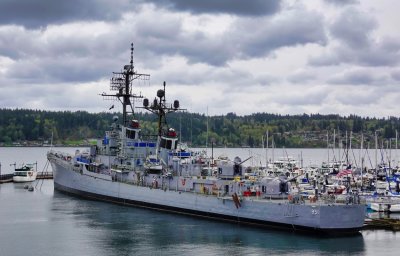 USS Turner Joy |
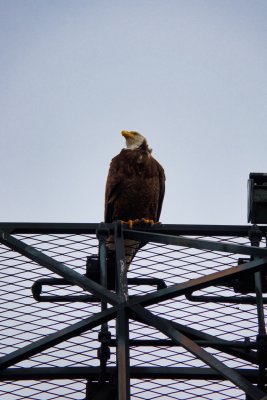 An eagle in the rigging |
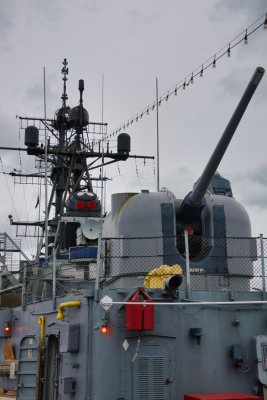 Forward gun |
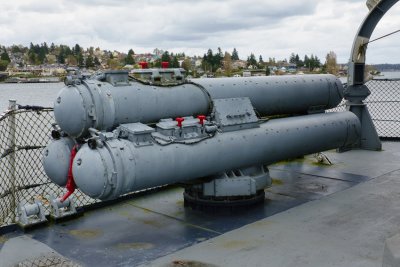 Port torpedo tubes |
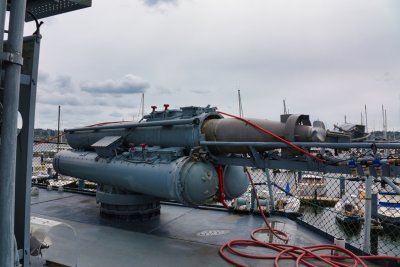 Starboard tubes |
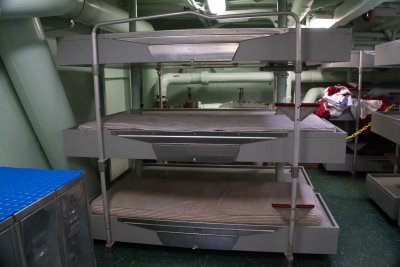 Cozy accommodations |
| comment | share |
| Dan Greenberg | 01-Jul-2019 02:27 | |
| Jean Chiasson | 12-Jun-2019 00:09 | |